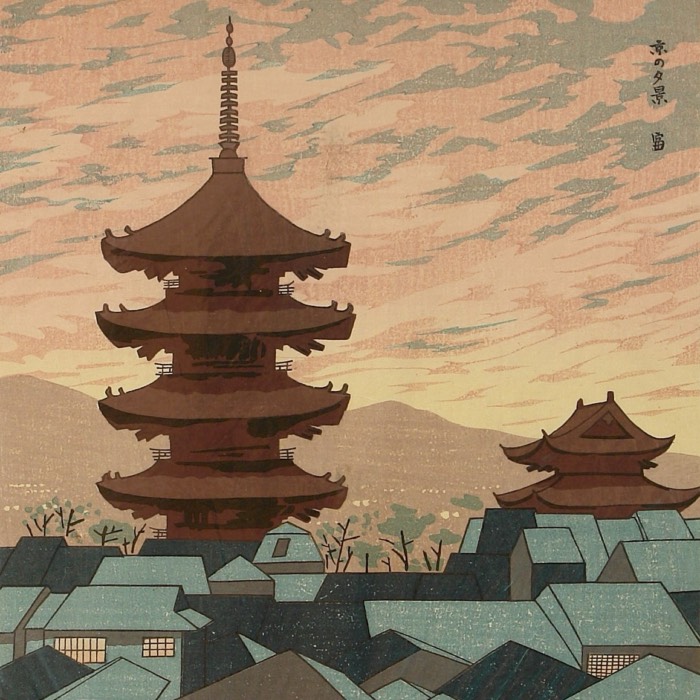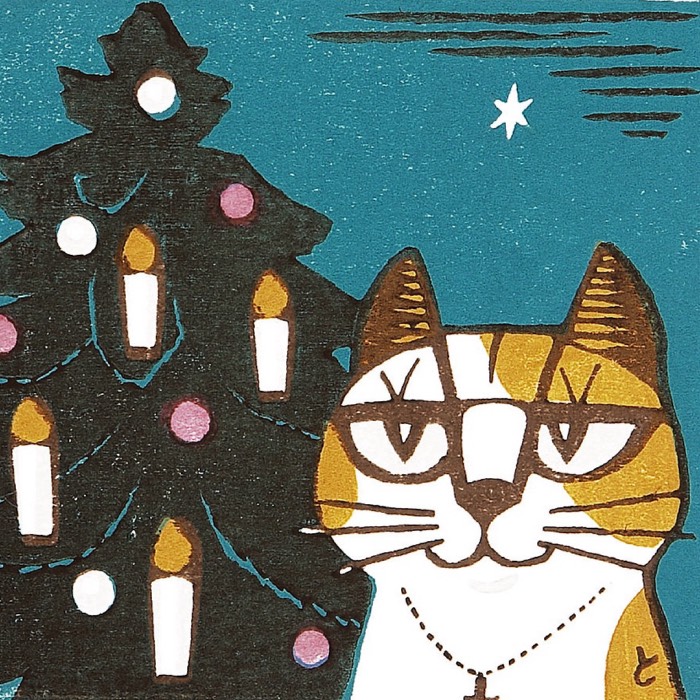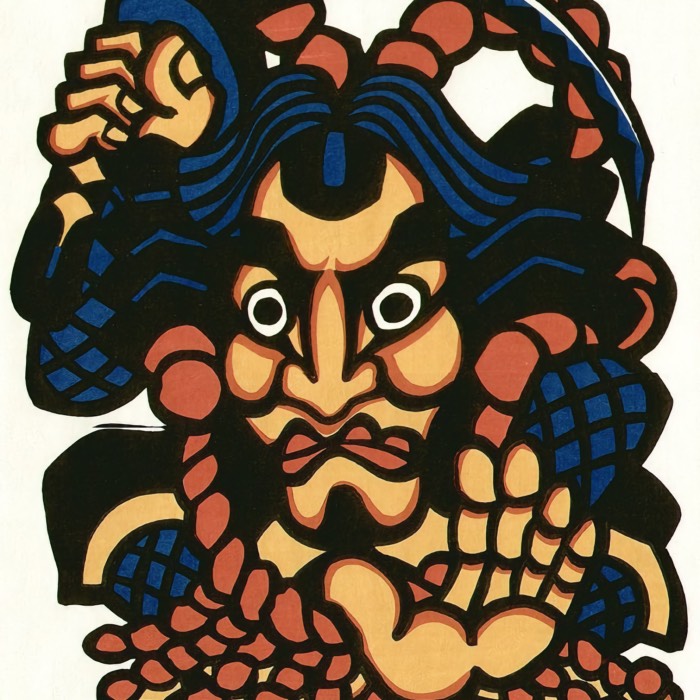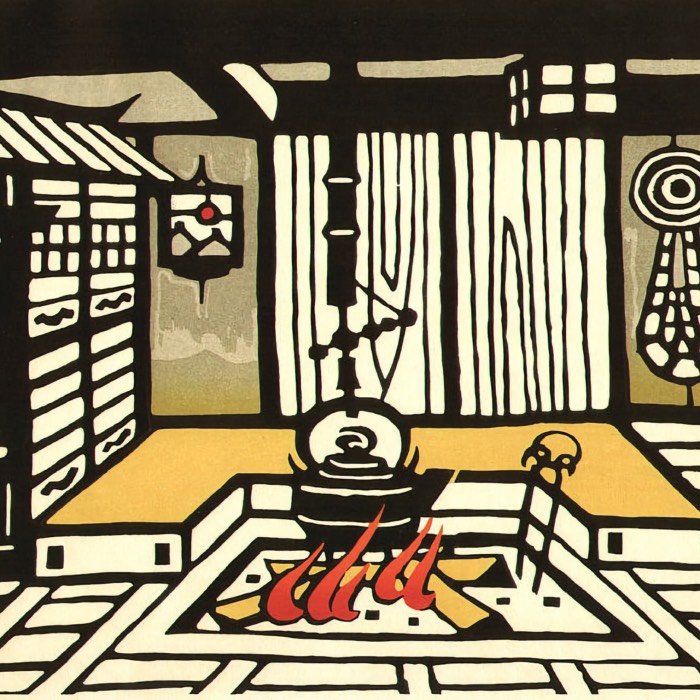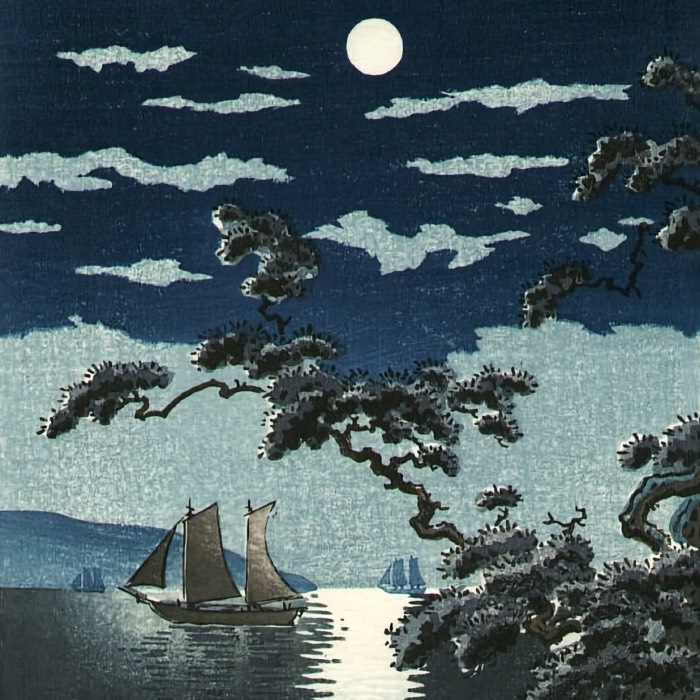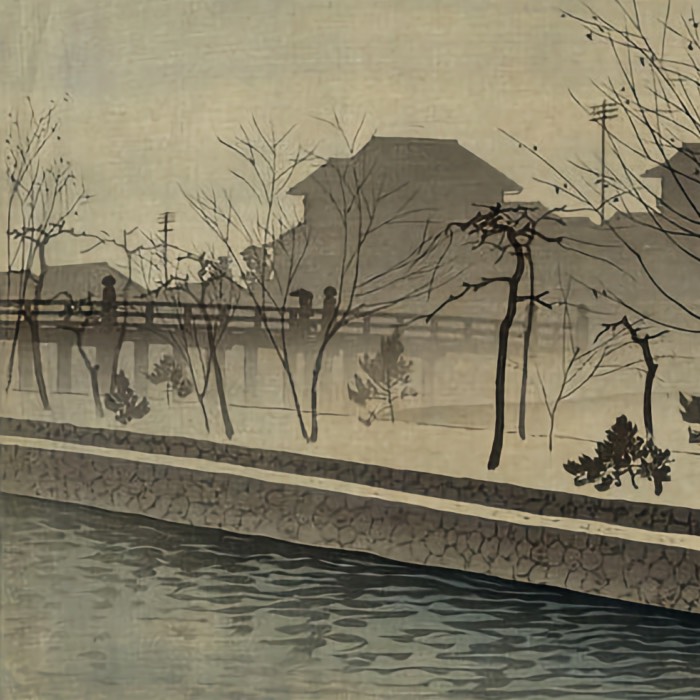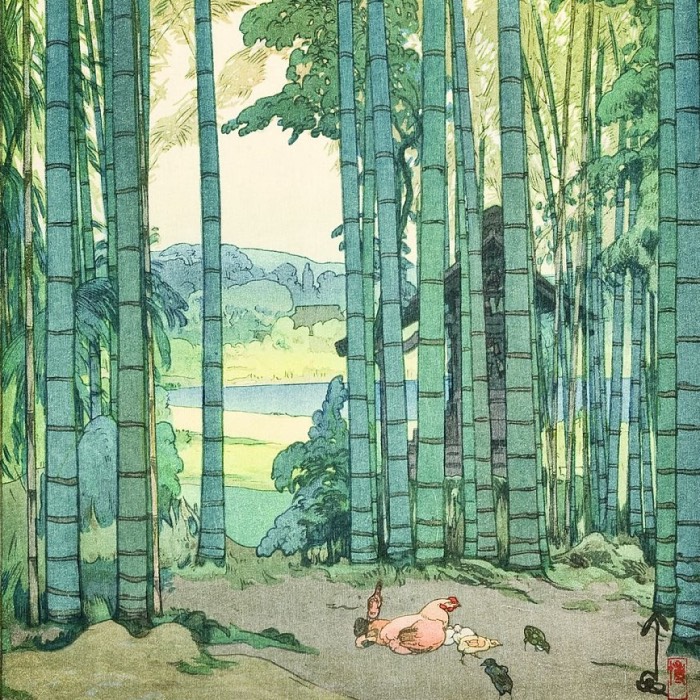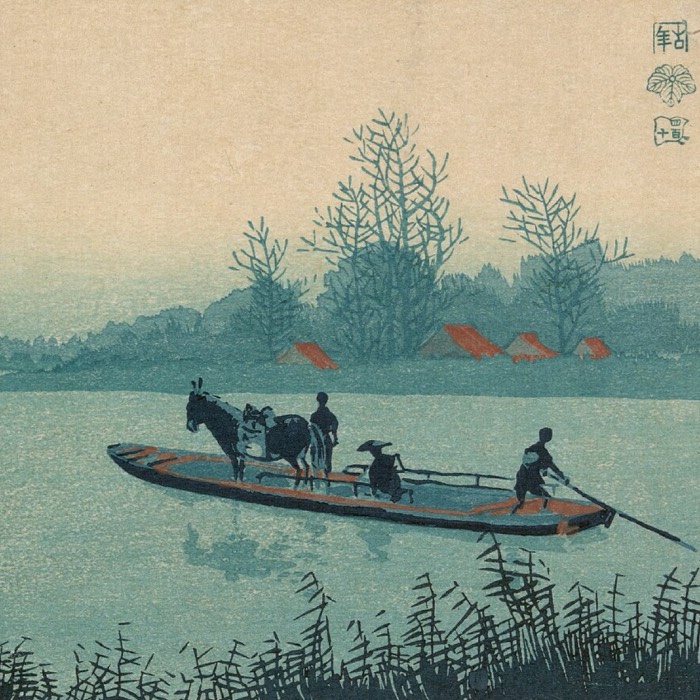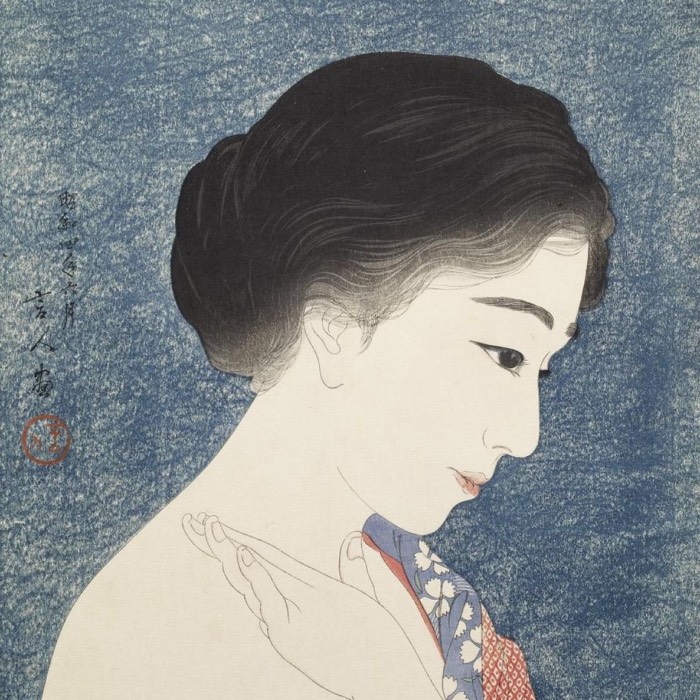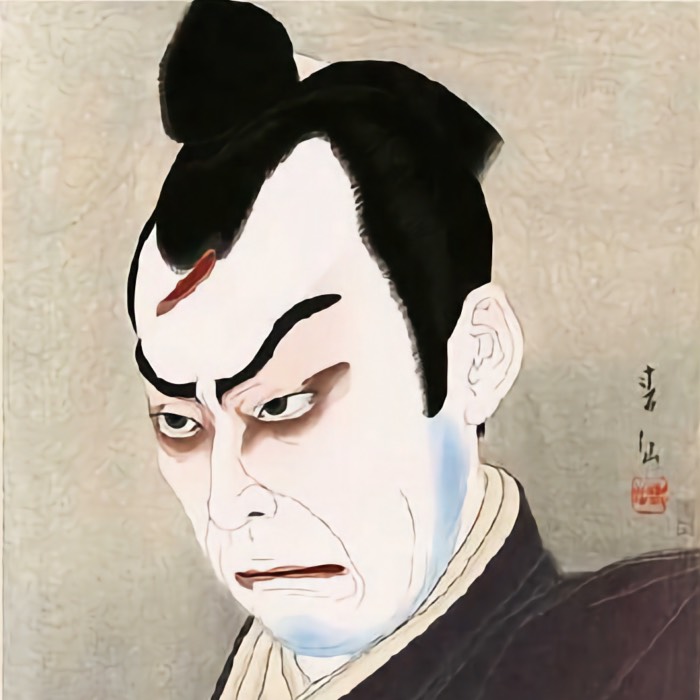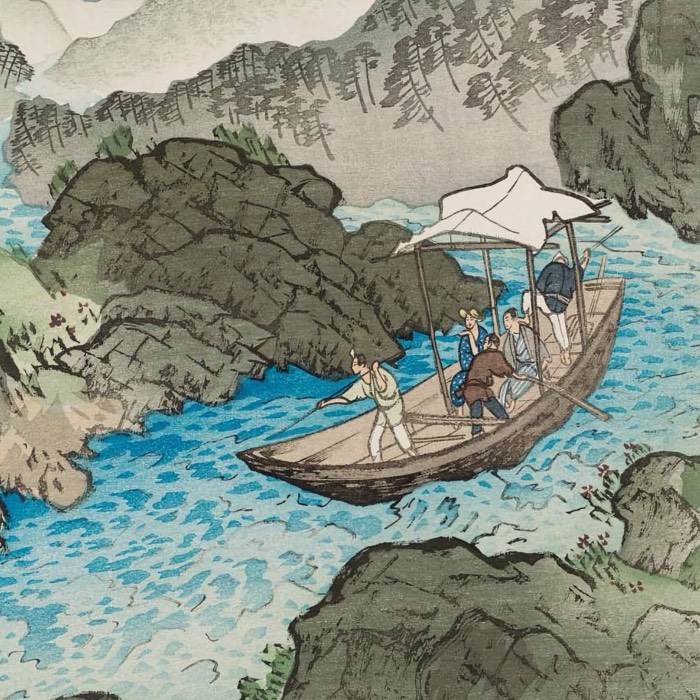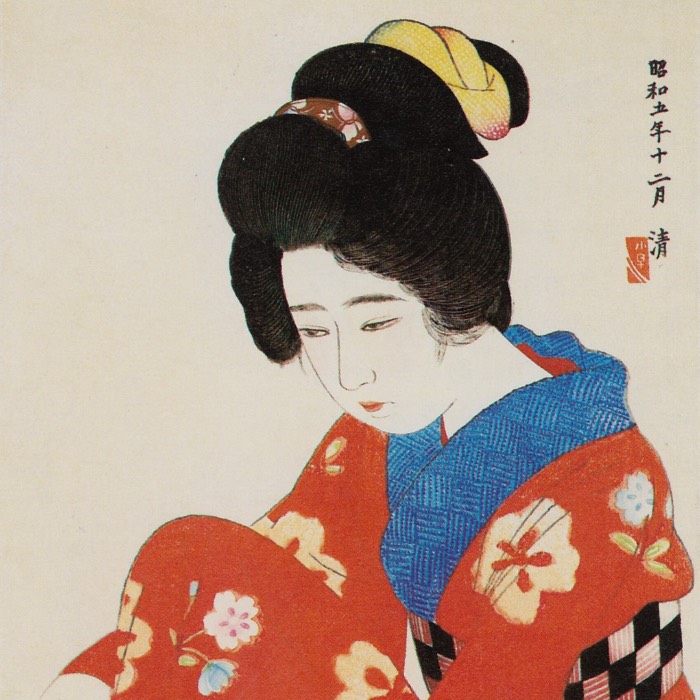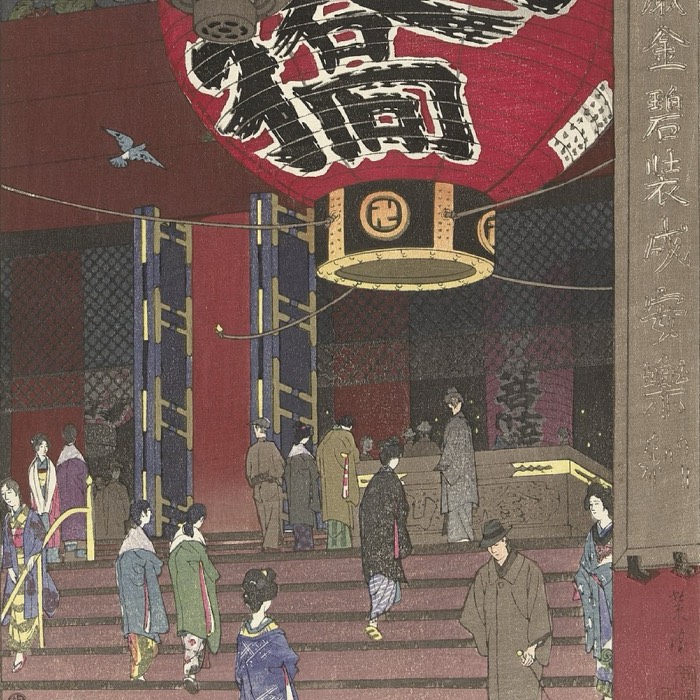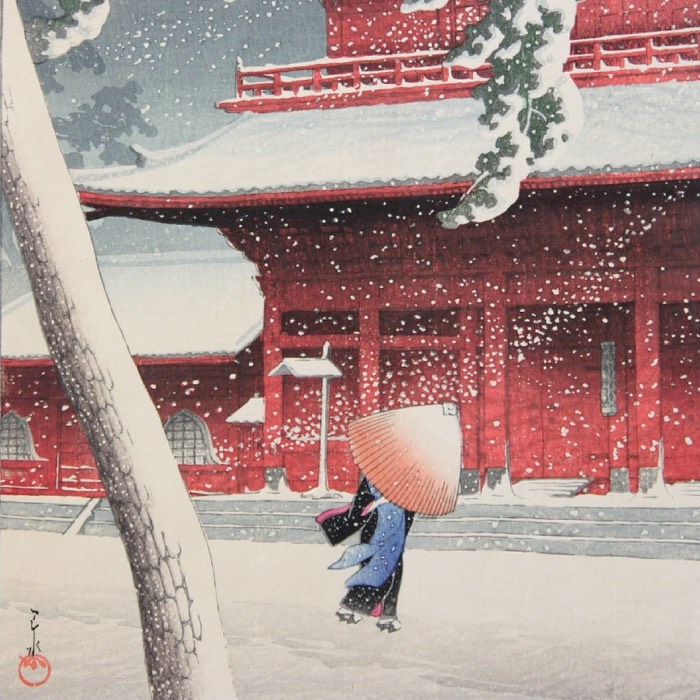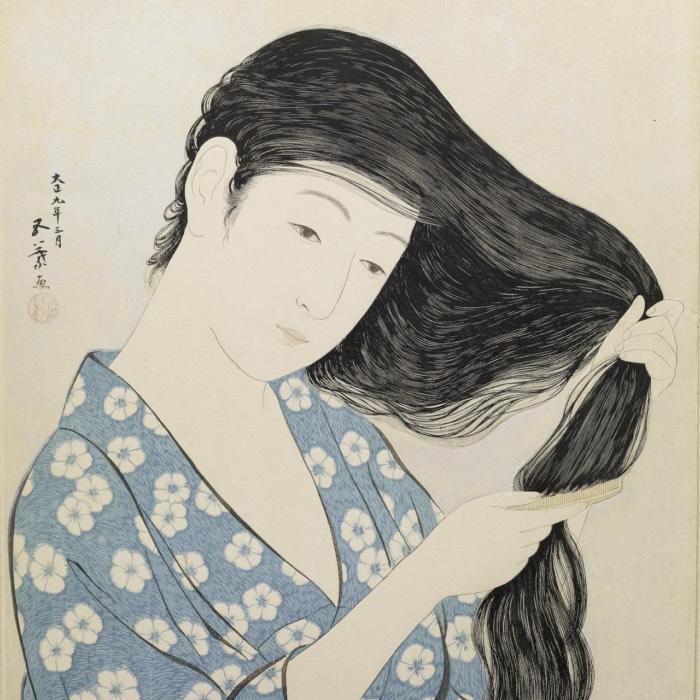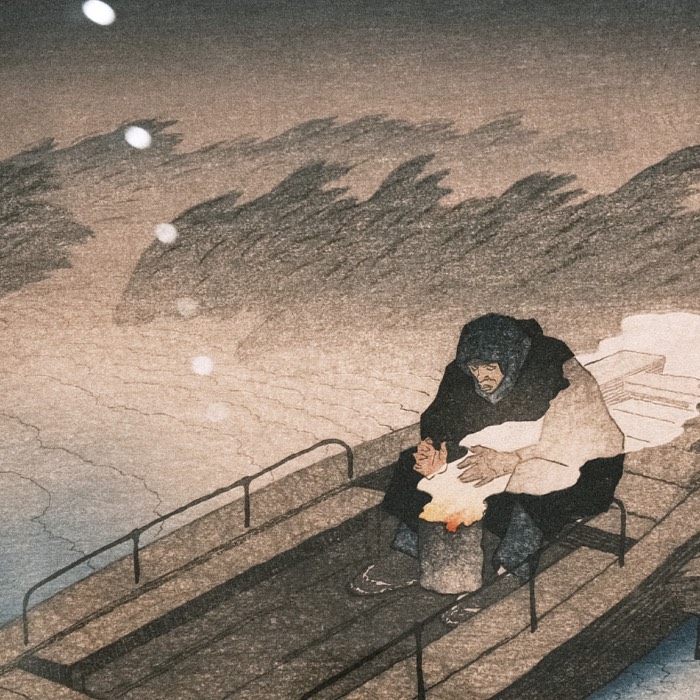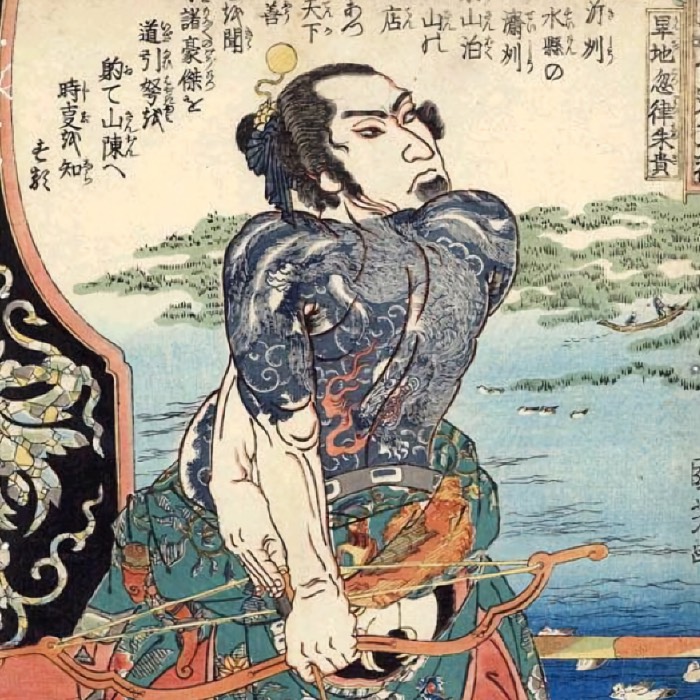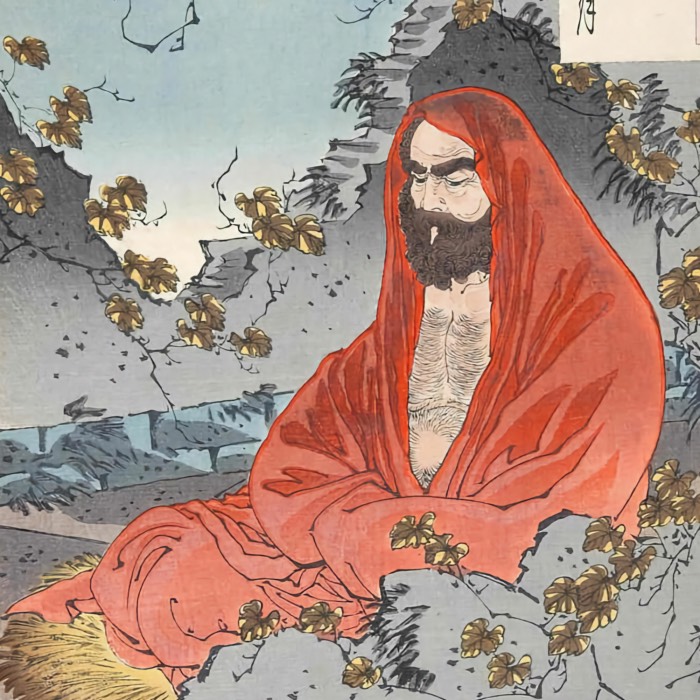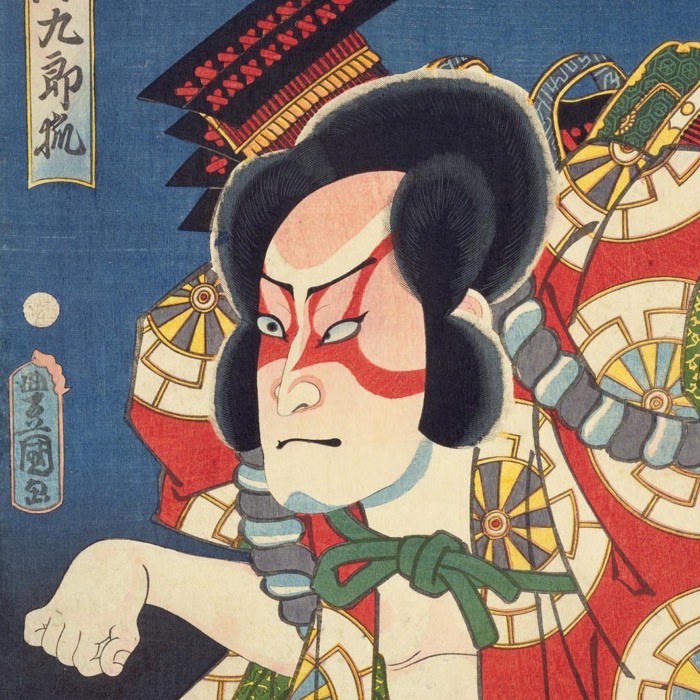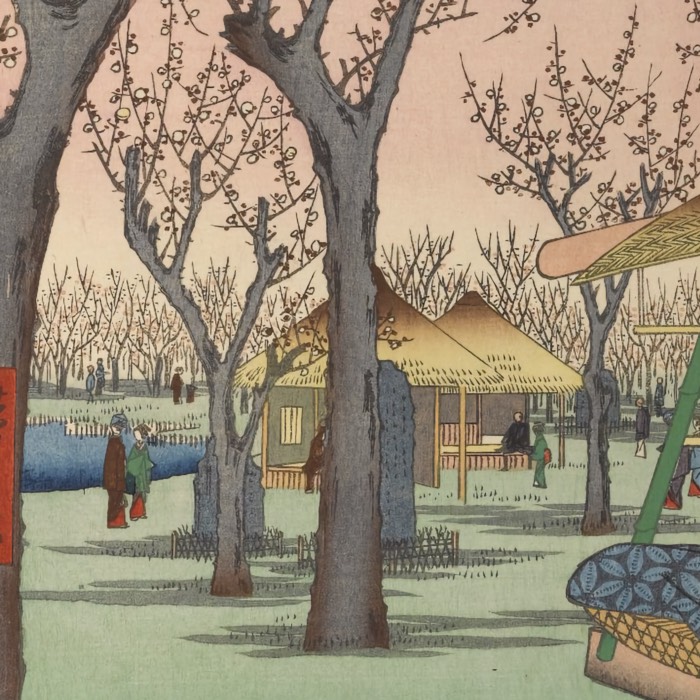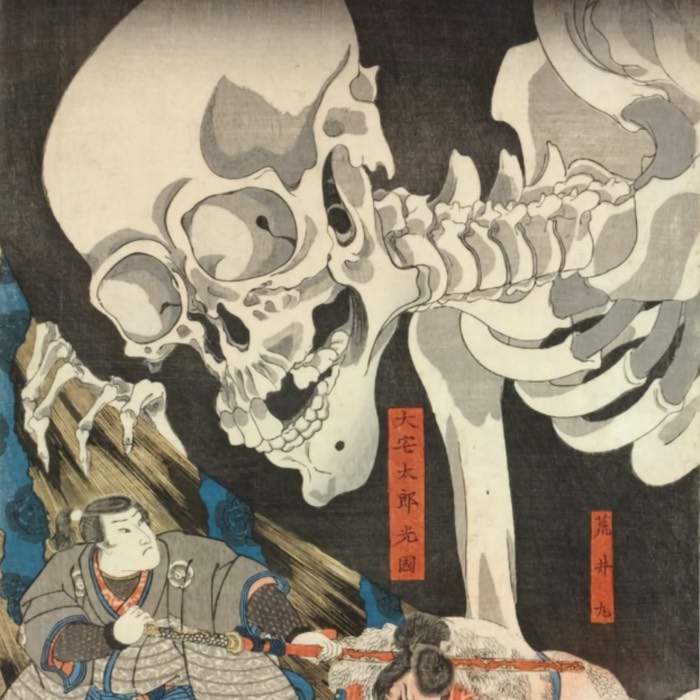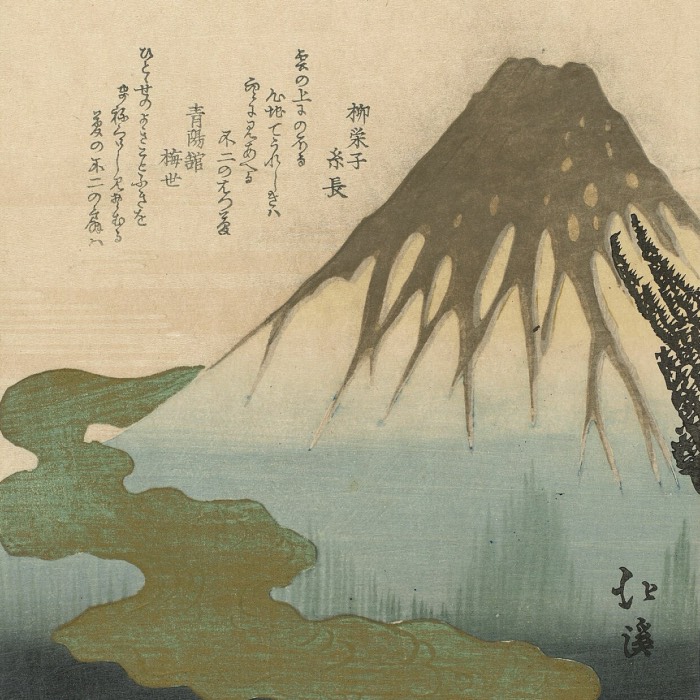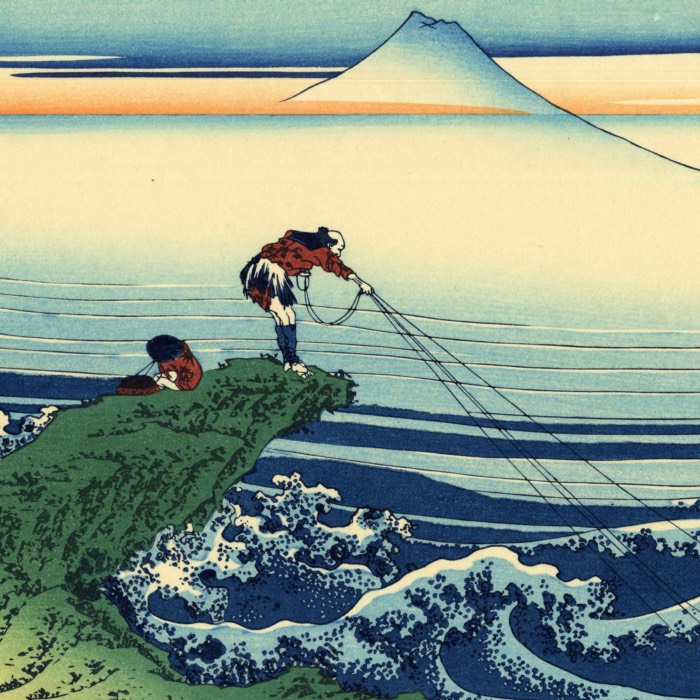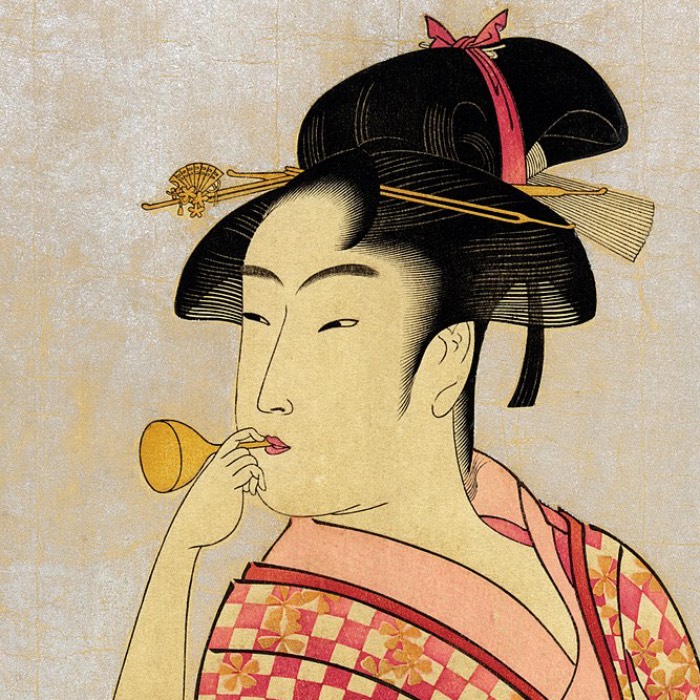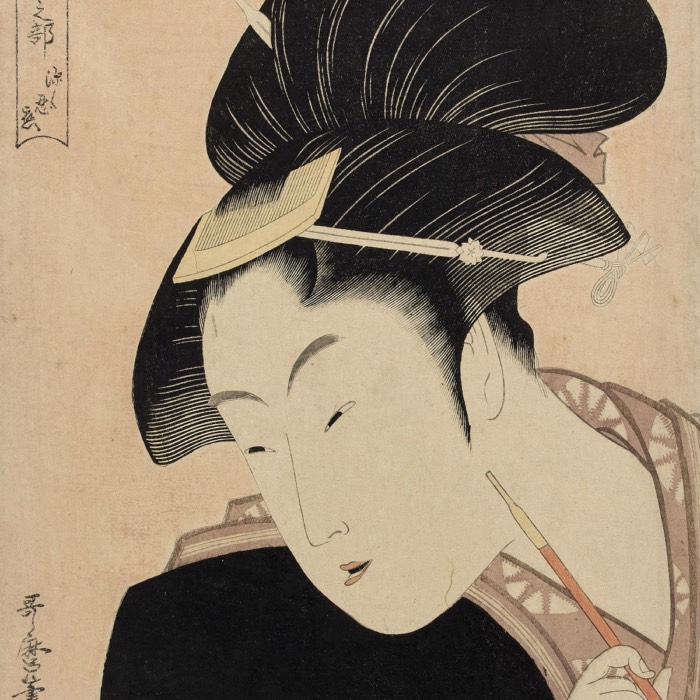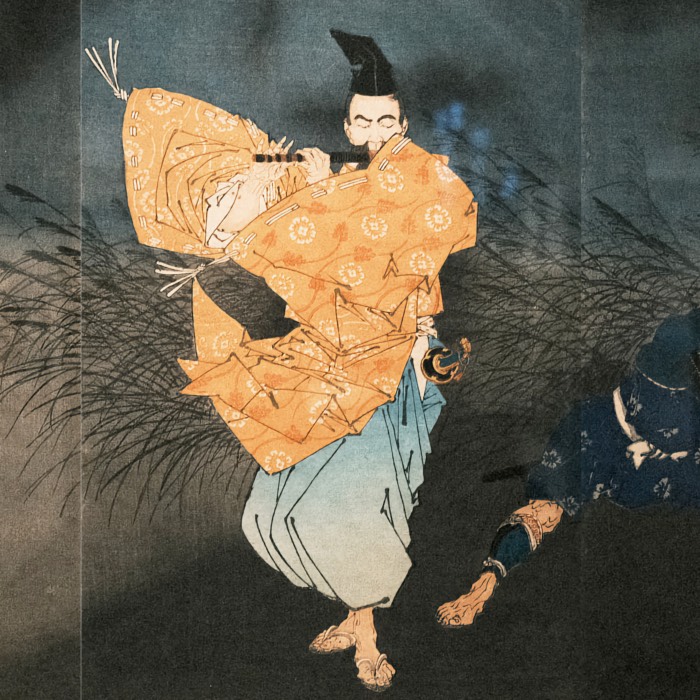#Ukiyo-e and Shin-hanga
Back to all tags · diary · RSS · Mastodon · flickr · simple view · extended view · grid view
Ukiyo-e and Shin-hanga together chart the evolution of Japanese woodblock printmaking from Edo-period cultural storytelling to modern artistic reinvention. Ukiyo-e, or ‘pictures of the floating world’, flourished from the 17th to 19th centuries, portraying urban life, courtesans, kabuki actors, landscapes, and folklore with refined linework and vivid color. Artists like Hokusai, Hiroshige, and Utamaro captured both the ephemeral pleasures and aesthetic ideals of their time, contributing to a visual culture that profoundly shaped Western Japonisme.
Shin-hanga (‘new prints’), emerging in the early 20th century, revitalized the woodblock tradition by fusing traditional techniques with modern sensibilities and global market appeal. Artists such as Hashiguchi Goyō, Kawase Hasui, and Yoshida Hiroshi reimagined beauty, nature, and daily life through luminous detail and compositional sophistication. In my posts, I explore this dual heritage as a mirror of Japan’s transition from Edo insularity to global artistic dialogue, highlighting how both movements express aesthetic discipline, cultural memory, and enduring emotional resonance.
There are currently 30 articles with this tag (newest first):

